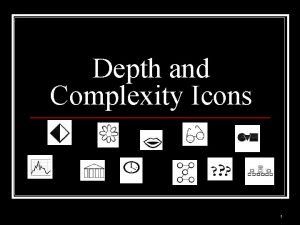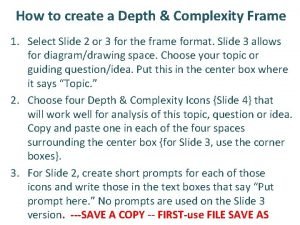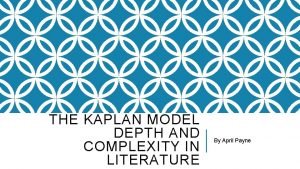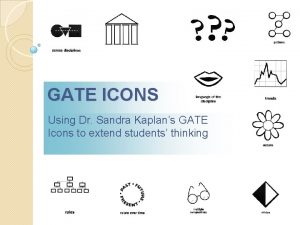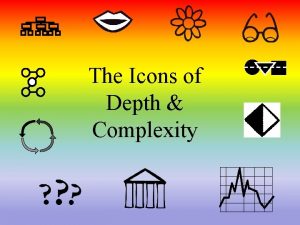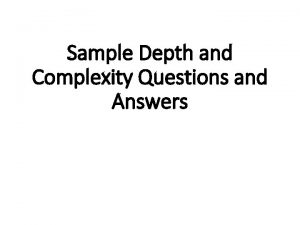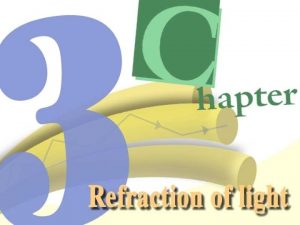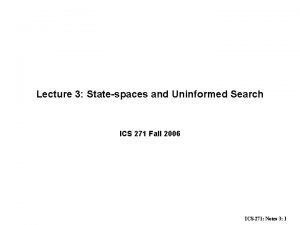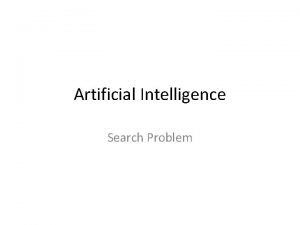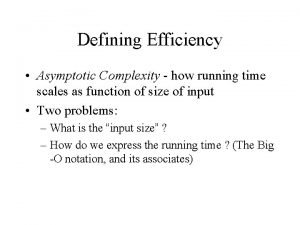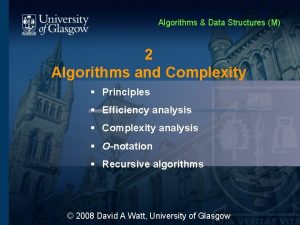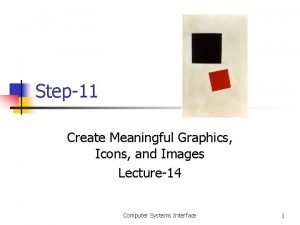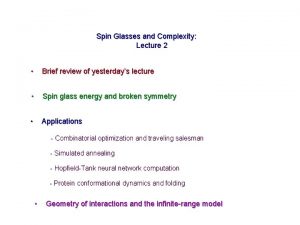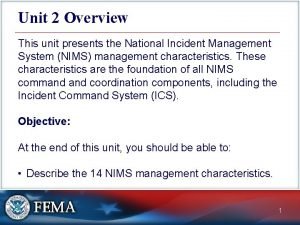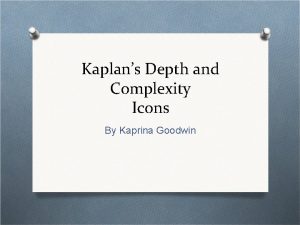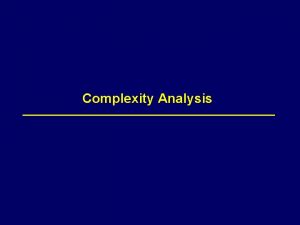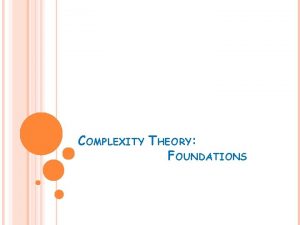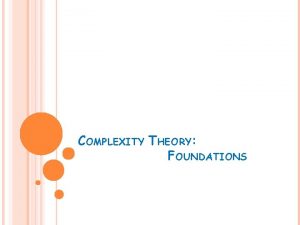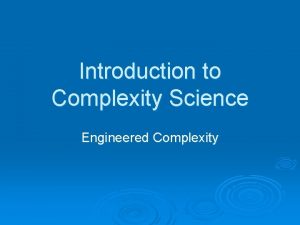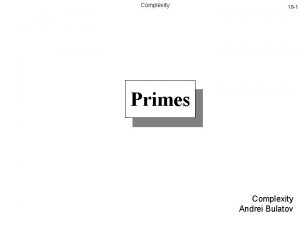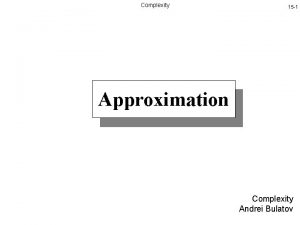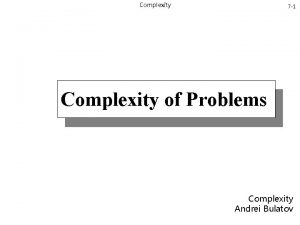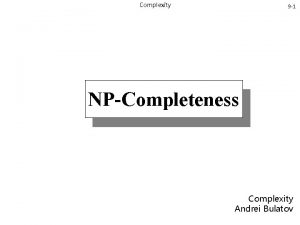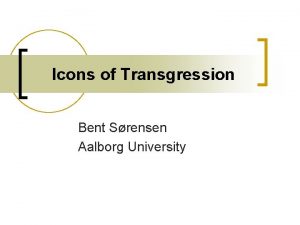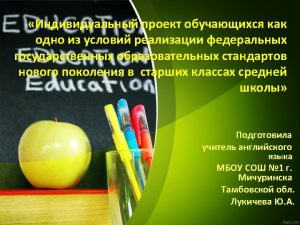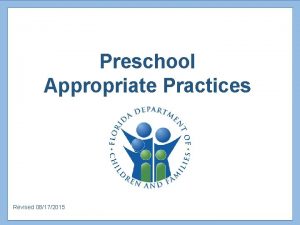Depth and Complexity Icons 1 Power of Icons





















- Slides: 21

Depth and Complexity Icons 1

Power of Icons Provide structure and support for taking a deeper and more complex look at any topic n Quick Easy Application to any Material n For Visual learners--A picture is worth a thousand words n Provide scaffolding to do higher level thinking for second language students and students with learning disabilities n Develop “Habits of Mind” that become ingrained n Advanced learners are asked to reach into the upper ranges of their ZPD n Increase student enthusiasm and motivation 2

Concrete Entry Points n Brainstorm Common Everyday Icons n Use the Detail Icon as way for students to talk about themselves (Seen and Unseen Details) n Read a story like the Butter Battle Book by Dr. Seuss to introduce several icons n Use Multiple Perspectives n Use the Rules icon for class rules on first day n Use the Big Idea for writing a paragraph for conflict resolution 3

Dive Into Depth and Complexity n An essential part of differentiating the curriculum through depth and complexity is using the icons, and ensuring that students are familiar with them. 4

Post a set of the icons clearly in your room This prompts integration into discussions, and shows students you value the icons as intellectual tools. 5

Use the Icons Within Your Lessons n n n “Look for (appropriate icon) in our lesson today on (content area). ” Use the Big Idea to summarize or end lessons. Label your daily agenda and lesson plans with the icons. Have students label all work with the appropriate icons. Label all classroom work and charts with the icons. 6

Frame Stories or Concepts With the Icons n n n Frame the Teacher: Introduce four icons by making a frame around the topic of the teacher-you! Frame Yourself: Each student completes a similar frame Frame stories or concepts with the icons 7

But remember, we are not teaching the icons, we are teaching concepts to new levels of depth and complexity using pictures to stand for the thinking strategies. 8

Depth Refers to approaching or studying something from the concrete to the abstract, from the known to the unknown. n Requires students to examine topics by determining the facts, concepts, generalization, principles and theories related to them. n 9

Depth n Necessitates uncovering more details and new knowledge related to a topic of study. n Encourages students to adopt perspectives and to see patterns in connections. 10

Depth has the following major dimensions: n Language of the Disciplines: Specialized vocabulary, names of skills or tasks, tools used n n Rules: Structure, order, n Ethics: Points of View, n Big Idea: Generalization, n Unanswered Questions: n Discrepancies, missing parts, unclear ideas, incomplete ideas Details: Attributes, parts, factors, variables Patterns: Repetition, predictability Trends: Influence, forces, direction hierarchy, explanation Different Opinions, judging principle, theory 11

Complexity n Includes making relationships, connecting other concepts, and layering. n Why/how approach that connects and bridges to other disciplines to enhance the meaning of a unit of study. 12

Complexity encourages students to n Relate concepts and ideas at a more sophisticated level n See associations among diverse subjects, topics or levels n Find multiple solutions from multiple points of view 13

Complexity has three major dimensions: n Relationships Over Time: Between the past, present and future, and within a time period n Relationships From Different Points of View: Multiple Perspectives, opposing viewpoints, differing roles and knowledge n Interdisciplinary Relationships: With, between and across the disciplines 14

Keys to Activate Deeper Learning Use verbs associated with the nouns (icons) of Depth and Complexity n Language of the Discipline: categorize, identify n Details: describe, differentiate n Patterns: summarize, make analogies n Trends: prioritize, predict n Rules: judge credibility, hypothesize n Ethics: judge with criteria, determine bias n Big Idea: prove with evidence, identify main idea n Unanswered Questions: note ambiguity, distinguish fact from fiction 15

Keys to Activate Complex Learning n Different Points of View: argue, determine bias, classify n Relationships Over Time: relate, sequence, order n Relationships Across Discipline: compare and contrast, show relationship 16

Dear Students, There will be times when… We all do the same thing. Some do different things. We all work together. You work alone. You choose for yourself. I choose for you. 17

Classroom examples using depth and complexity 18

19

20

21
 Depth and complexity details icon
Depth and complexity details icon Depth and complexity icons patterns
Depth and complexity icons patterns Kaplan model
Kaplan model Kaplan's icons
Kaplan's icons Language of the discipline icon meaning
Language of the discipline icon meaning Depth and complexity questions for reading
Depth and complexity questions for reading Total internal reflection semicircular glass block
Total internal reflection semicircular glass block Time space complexity of algorithm
Time space complexity of algorithm Depth first search algorithm complexity
Depth first search algorithm complexity Space complexity bfs
Space complexity bfs Power trianlge
Power trianlge 2 power n time complexity
2 power n time complexity 2 power n time complexity
2 power n time complexity Nnn icons
Nnn icons Slide todoc.com
Slide todoc.com Solar power satellites and microwave power transmission
Solar power satellites and microwave power transmission Potential power
Potential power Dispersive power of grating experiment
Dispersive power of grating experiment Space complexity bfs
Space complexity bfs Spin glasses and complexity
Spin glasses and complexity Binary search big o
Binary search big o Nims management characteristic of accountability
Nims management characteristic of accountability
